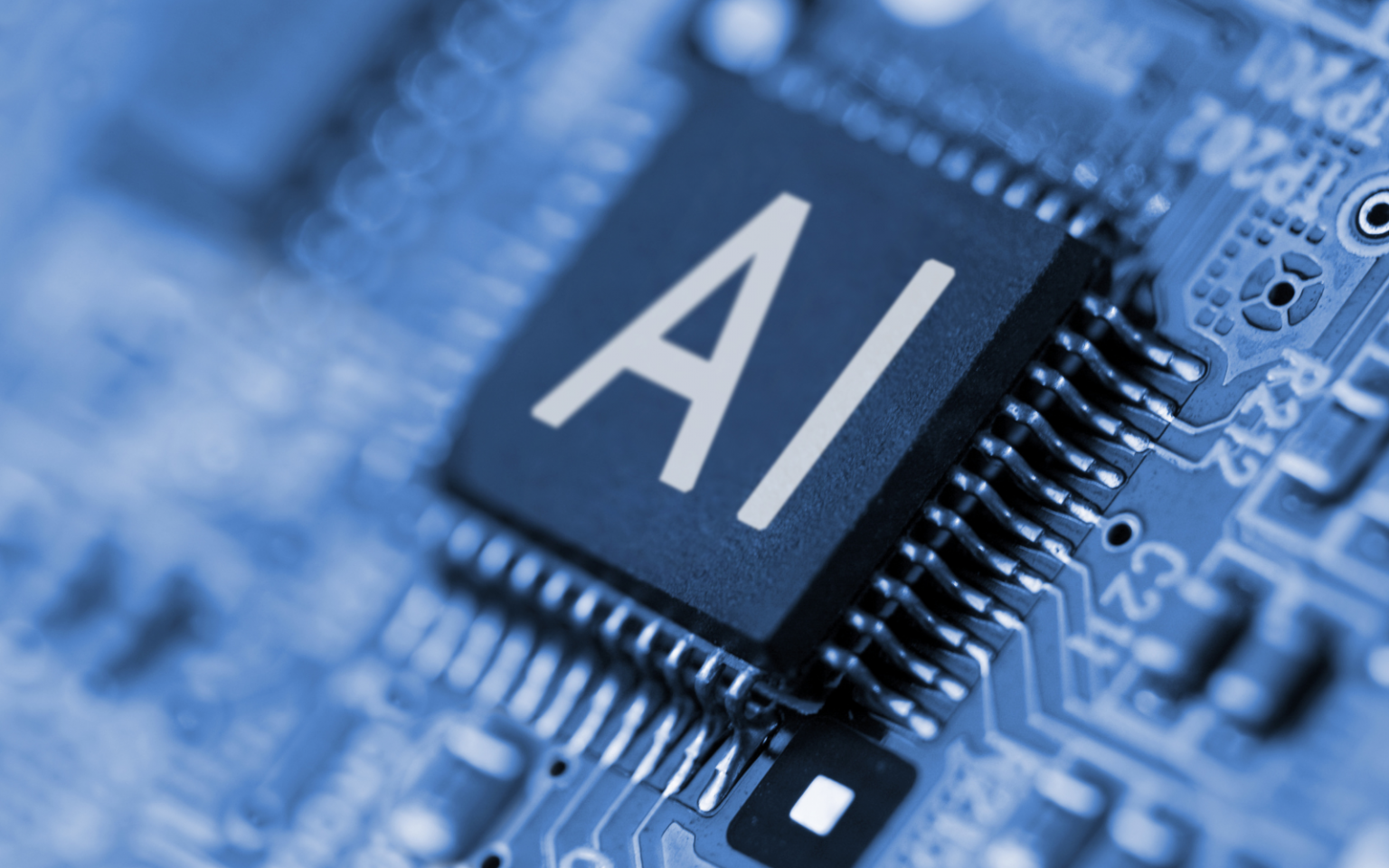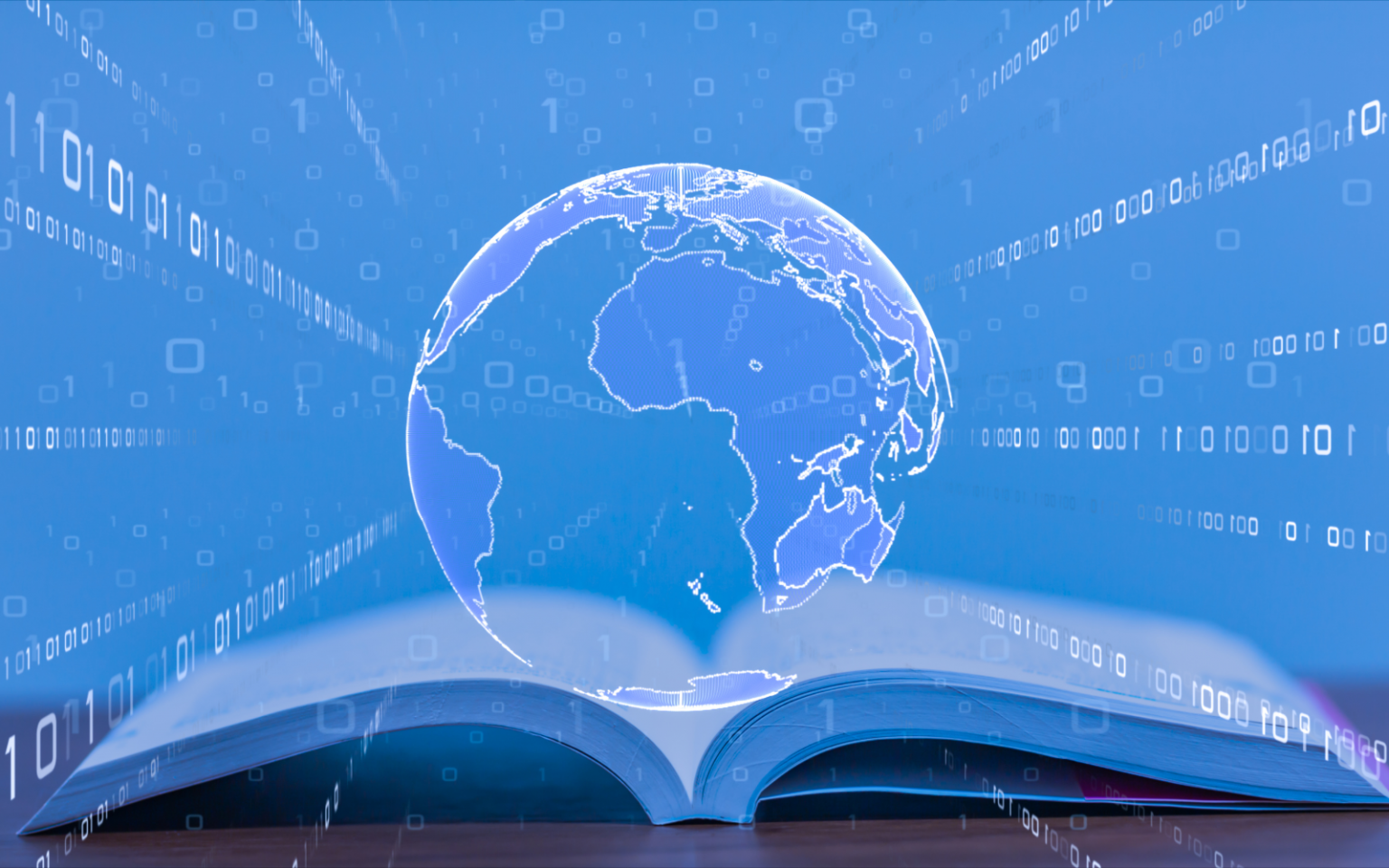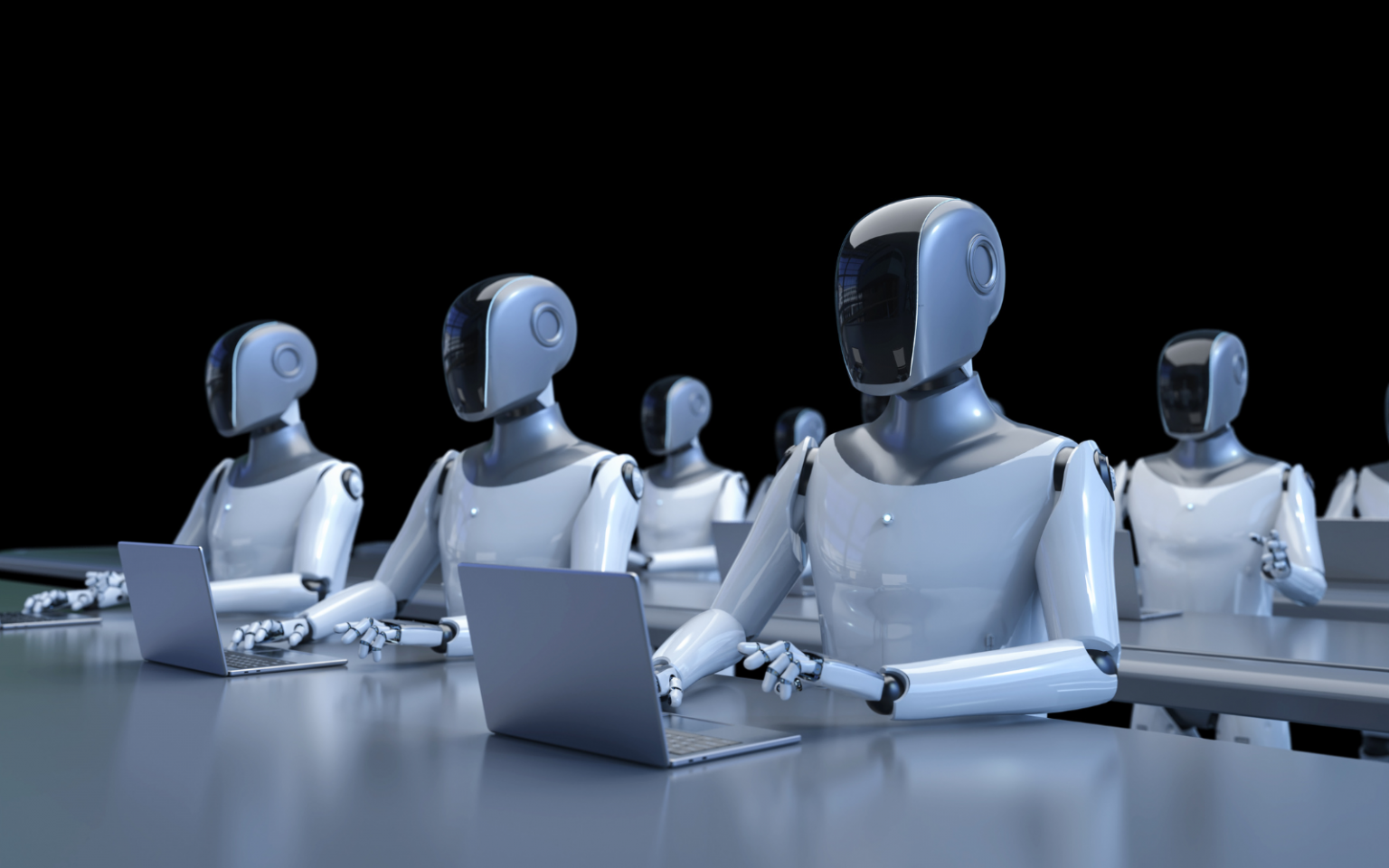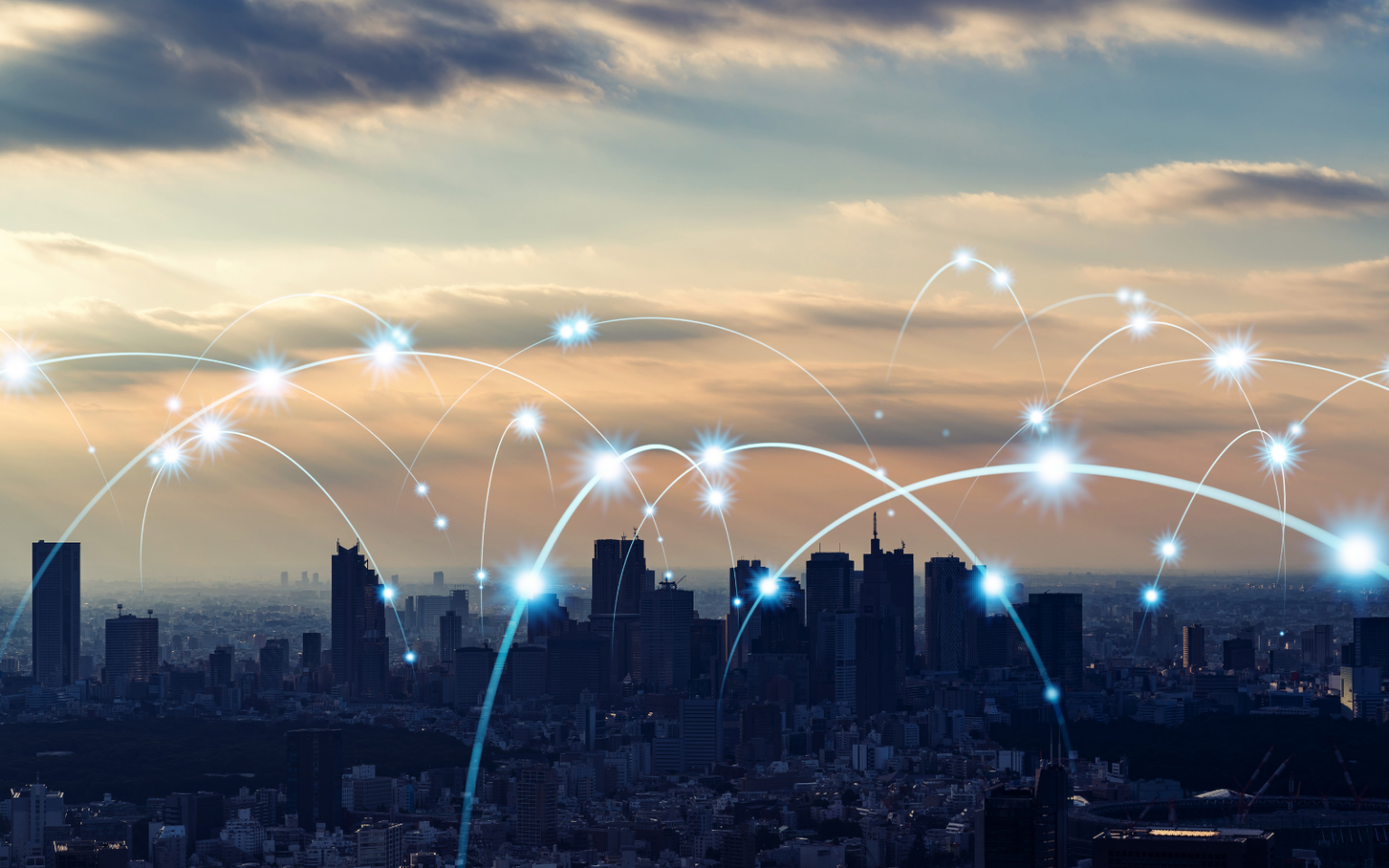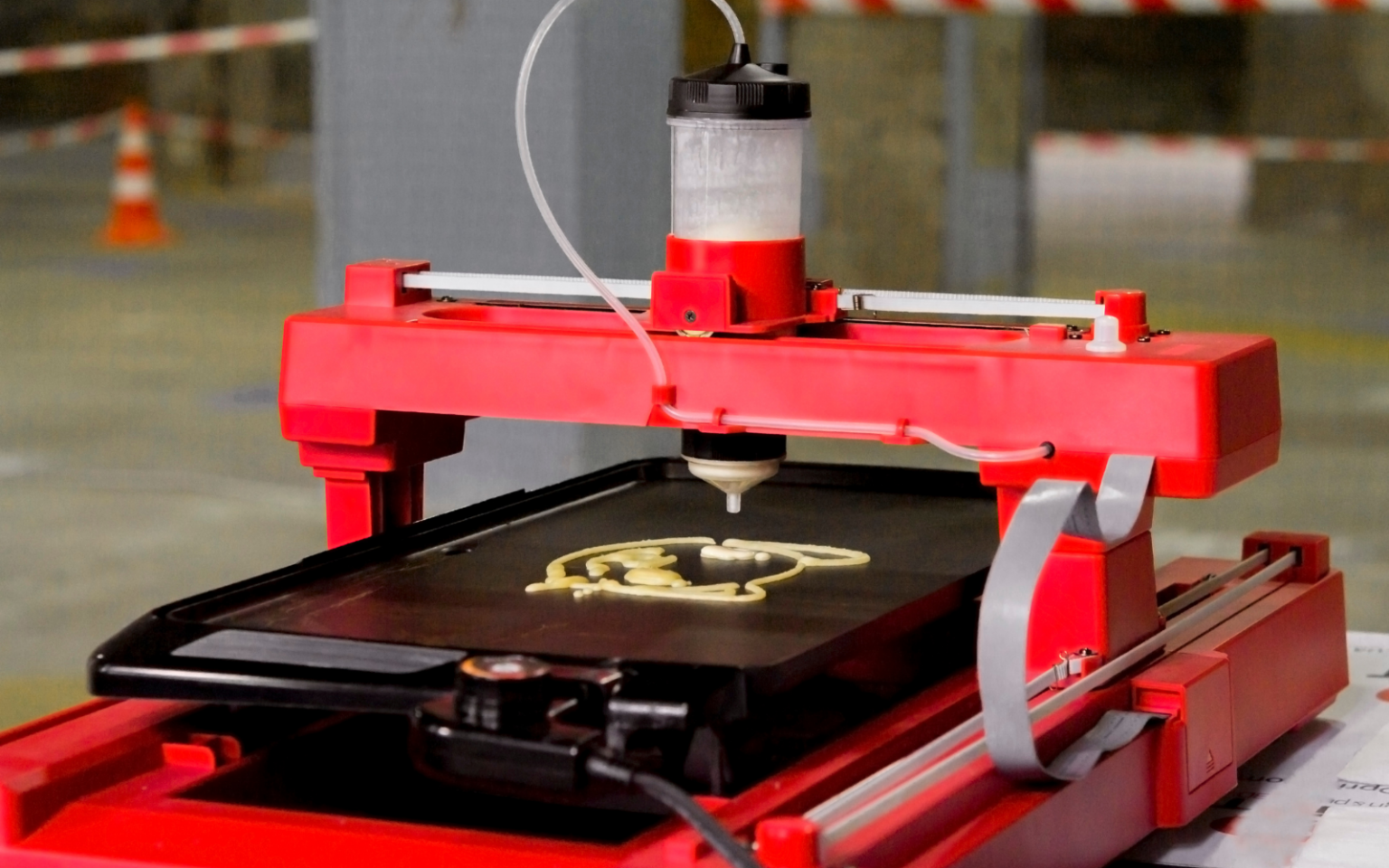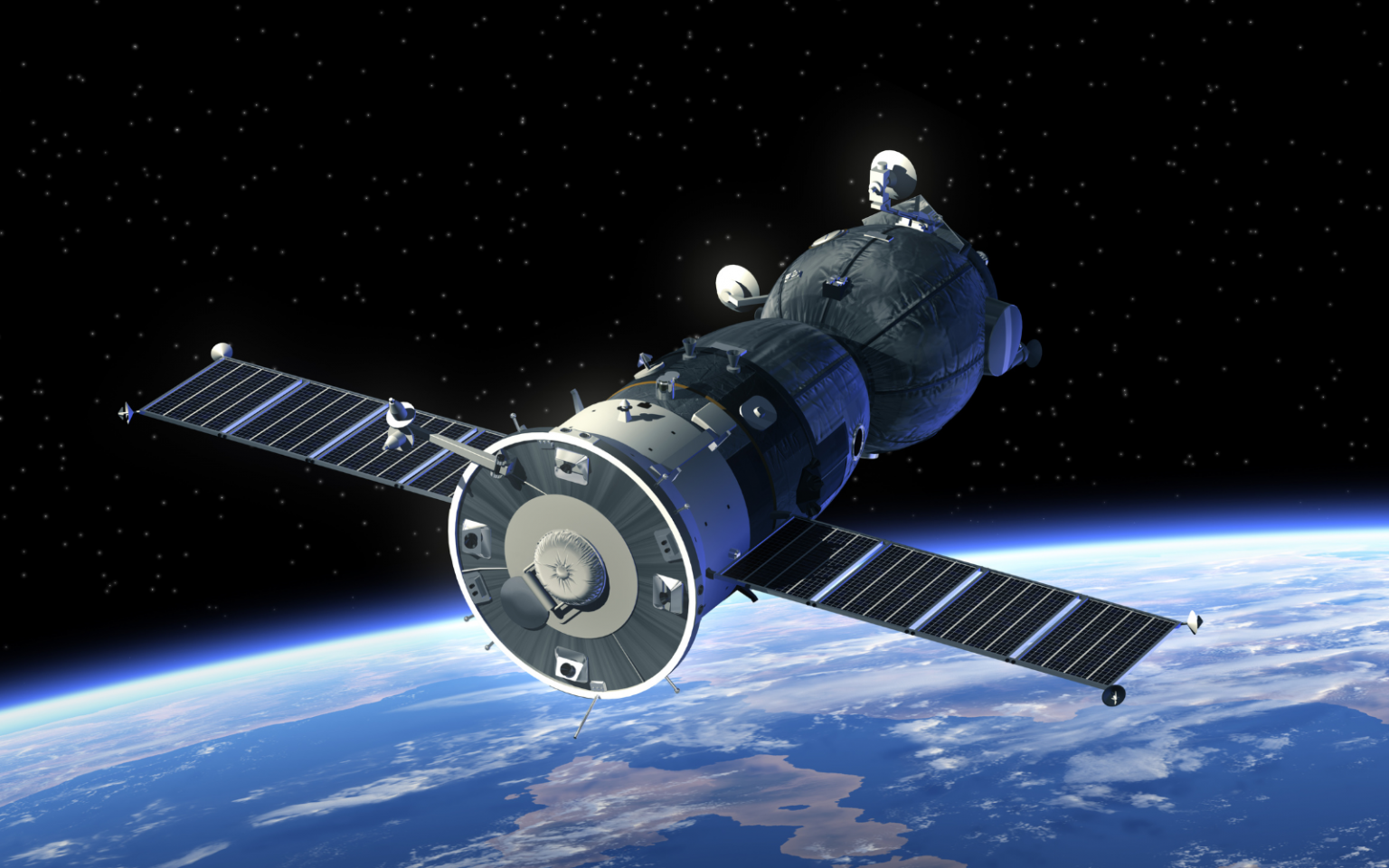If you believe the hype, generative artificial intelligence (AI) is the future. However, new research suggests the technology may also improve our understanding of the past. A team of computer scientists from Google DeepMind, working with classicists and archaeologists from universities in the United Kingdom and Greece, described a new machine-learning system designed to help experts to understand ancient Latin inscriptions. Named Aeneas (after the mythical hero of Rome’s foundation epic), the system is a generative neural network designed to provide context for Latin inscriptions written between the 7th century BCE and the 8th century CE. As the researchers write in Nature, Aeneas…
Author: The Conversation
We have developed a new way to secure video transmissions so even quantum computers in the future won’t be able to break into private video livestreams or recordings. We are computer scientists who study computer security. Our research introduces quantum-safe video encryption, which combines two complementary techniques: quantum encryption and secure internet transmission. With our encryption system, a hacker wouldn’t be able to access or understand the video data because it’s scrambled using a quantum key that changes unpredictably. Cryptographic keys scramble data so that only someone with the correct key can unscramble it. If the hacker even tries to peek, the system…
Netflix’s recent use of generative AI to create a building collapse scene in the sci-fi show El Eternauta (The Eternaut) marks more than a technological milestone. It reveals a fundamental psychological tension about what makes entertainment authentic. The sequence represents the streaming giant’s first official deployment of text-to-video AI in final footage. According to Netflix, it was completed ten times faster than traditional methods would have allowed. Yet this efficiency gain illuminates a deeper question rooted in human psychology. When viewers discover their entertainment contains AI, does this revelation of algorithmic authorship trigger the same cognitive dissonance we experience when discovering we’ve…
In 2018, my Australian co-worker asked me, “Hey, how are you going?”. My response – “I am taking a bus” – was met with a smirk. I had recently moved to Australia. Despite studying English for more than 20 years, it took me a while to familiarise myself with the Australian variety of the language. It turns out large language models powered by artificial intelligence (AI) such as ChatGPT experience a similar problem. In new research, published in the Findings of the Association for Computational Linguistics 2025, my colleagues and I introduce a new tool for evaluating the ability of different…
African governments and development agencies have embraced science, technology and innovation as levers for development over the past two decades. Science, technology and innovation boost productivity, cut transaction costs, open new business opportunities and promote social inclusion. They also help societies tackle grand challenges such as climate change and persistent poverty. By 2020, at least 25 African countries had a national policy framework for science, technology and innovation. This compares with only about 8 in 2010. Science, technology and innovation measurements are essential because they allow policymakers to see whether investments are yielding results. Without adequate metrics, scarce resources can be misdirected,…
We are entering the third phase of generative AI. First came the chatbots, followed by the assistants. Now we are beginning to see agents: systems that aspire to greater autonomy and can work in “teams” or use tools to accomplish complex tasks. The latest hot product is OpenAI’s ChatGPT agent. This combines two pre-existing products (Operator and Deep Research) into a single more powerful system which, according to the developer, “thinks and acts”. These new systems represent a step up from earlier AI tools. Knowing how they work and what they can do – as well as their drawbacks and risks…
African cities are growing at an incredible pace. With this growth comes a mix of opportunity and challenge. How do we build cities that are not only smart but also fair, inclusive and resilient? A smart city uses digital tools such as sensors, data networks and connected devices to run services more efficiently and respond to problems in real time. From traffic and electricity to public safety and waste removal, smart technologies aim to make life smoother, greener and more connected. Ideally, they also help governments listen to and serve citizens better. But without community input, “smart” can end up ignoring…
Would you eat food that was printed by a machine? 3D printed food is built up by equipment (a 3D food printer), layer after layer, using edible pastes, dough and food slurries in three-dimensional forms. These machines use digital models to produce precise, often personalised food items. Most 3D printed foods are made from nutrient-dense sources (plant and animal), which means they can offer health benefits. The global market for 3D printed food is growing. It’s been estimated as worth US$437 million in 2024 and projected to reach US$7.1 billion in 2034. But the concept is still emerging in Africa. Food science…
Every night, as telescopes around the world open their domes to study the cosmos, astronomers are forced to contend with an unexpected form of pollution: bright white streaks slicing across their images. These luminous trails are caused by satellites. Specifically, the growing number of “megaconstellations” launched into low Earth orbit (LEO). These mega-constellations consist of many, sometimes hundreds, of satellites. They are intended to work as a system, providing services such as global internet access. Commercial companies that operate mega-constellations include SpaceX, Amazon and OneWeb. The streaks in astronomy images aren’t just cosmetic. They can corrupt sensitive astronomy data, generate false signals,…
Stars are the fundamental building blocks of our universe. Most stars host planets, like our Sun hosts our solar system, and if you look more broadly, groups of stars make up huge structures such as clusters and galaxies. So before astrophysicists can attempt to understand these large-scale structures, we first need to understand basic properties of stars, such as their mass, radius and temperature. But measuring these basic properties has proved exceedingly difficult. This is because stars are quite literally at astronomical distances. If our Sun were a basketball on the East Coast of the U.S., then the closest star, Proxima, would be an…

